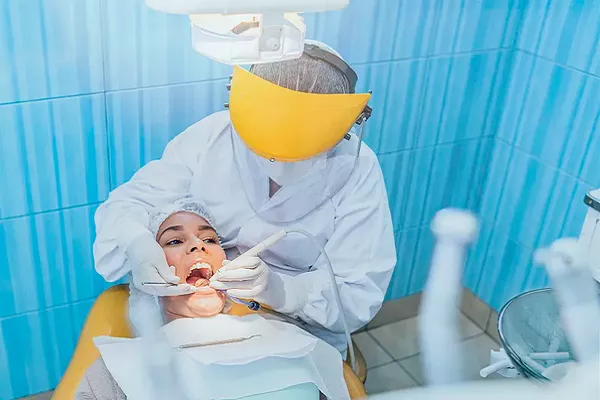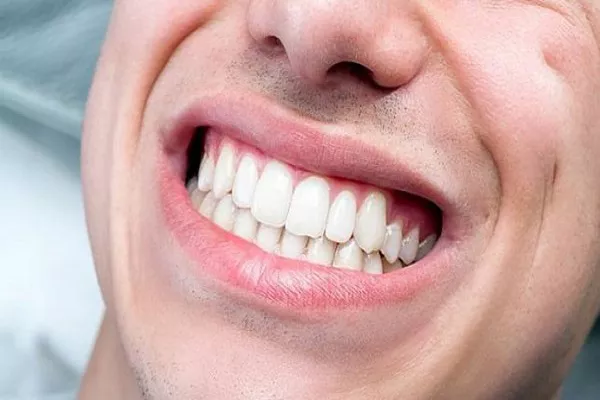In the dynamic landscape of orthodontic treatments, Invisalign has emerged as a popular choice for individuals seeking a discreet and convenient solution to straighten their teeth. However, a common query among potential users revolves around insurance coverage. This article delves into the intricate details to answer the burning question: Is Invisalign covered under orthodontics?
Understanding Invisalign and Its Benefits:
Invisalign, a revolutionary orthodontic treatment, utilizes clear aligners to gradually shift teeth into their desired position. This discreet alternative to traditional braces has gained immense popularity due to its comfort, convenience, and aesthetic appeal. The aligners are removable, allowing users to maintain optimal oral hygiene and indulge in their favorite foods without restrictions.
Extended Information:
Delving deeper into the benefits, Invisalign offers a level of comfort often unmatched by traditional braces. The absence of metal wires and brackets reduces the likelihood of mouth abrasions and discomfort. Additionally, the aligners are virtually invisible, addressing the cosmetic concerns that often accompany traditional orthodontic treatments.
Insurance Coverage for Invisalign:
While the advantages of Invisalign are apparent, the question of insurance coverage remains crucial for many prospective patients. In general, orthodontic treatments, including braces, are covered by dental insurance. However, the specifics can vary widely based on the type of insurance plan and its terms.
Elaboration:
It is important to carefully review your dental insurance policy to understand the extent of coverage for orthodontic treatments. Some insurance plans may categorize Invisalign as a cosmetic procedure, resulting in limited coverage. However, an increasing number of insurance providers are recognizing the medical benefits of Invisalign and are extending coverage accordingly.
Factors Influencing Coverage:
To ascertain whether Invisalign is covered under orthodontics in your specific case, consider key factors such as the severity of your orthodontic issues, age, and the terms of your insurance policy. Orthodontic treatments are often deemed medically necessary for cases involving misaligned bites, jaw disorders, and other functional concerns.
In-depth Analysis:
Insurance providers may require pre-authorization or documentation from your orthodontist to approve coverage for Invisalign. It is advisable to consult both your orthodontist and insurance provider to navigate the procedural requirements and ensure a smooth approval process.
Flexible Spending Accounts (FSAs) and Health Savings Accounts (HSAs):
In some instances, individuals may not have comprehensive insurance coverage for orthodontic treatments. However, there is a ray of hope for those with Flexible Spending Accounts (FSAs) or Health Savings Accounts (HSAs). These accounts allow individuals to set aside pre-tax dollars for qualified medical expenses, including orthodontic treatments like Invisalign.
Further Details:
Utilizing funds from an FSA or HSA can significantly alleviate the financial burden associated with Invisalign. The tax advantages of these accounts make them a strategic option for individuals seeking to invest in their oral health while maximizing their budget.
Payment Plans and Financing Options:
Recognizing the diverse financial situations of patients, many orthodontic practices offer flexible payment plans and financing options. These arrangements aim to make advanced treatments like Invisalign more accessible to a broader spectrum of individuals, irrespective of their insurance coverage.
Expanded Information:
Some orthodontic offices collaborate with financing companies, allowing patients to break down the cost of Invisalign into manageable monthly installments. Exploring these options can empower individuals to embark on their smile transformation journey without compromising their financial stability.
Conclusion:
In conclusion, the question of whether Invisalign is covered under orthodontics is contingent on various factors, including insurance policies, the severity of orthodontic issues, and alternative financial avenues. By delving into the specifics of your insurance coverage, exploring FSAs and HSAs, and considering flexible payment plans, you can navigate the financial aspects of Invisalign treatment with confidence. Remember, a radiant smile is an investment in both your oral health and overall well-being.
Related Links:
Does brace change your face shape?
How to clean orthodontic retainers?
Why do dentist put rubber bands between teeth?































